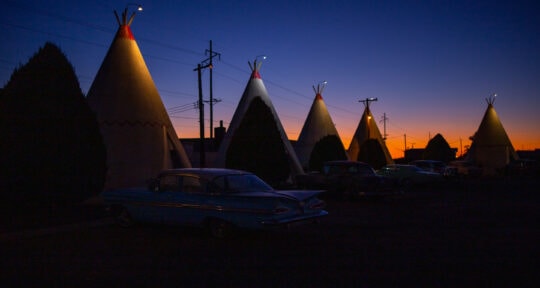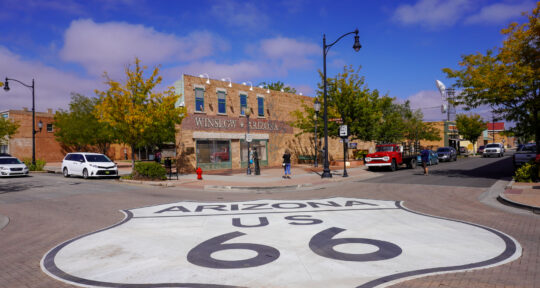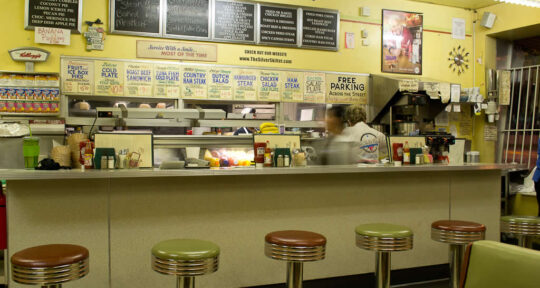John Berendt’s 1994 non-fiction novel Midnight in the Garden of Good and Evil, and its film adaptation 3 years later, is credited with nearly doubling the tourism industry in Savannah, Georgia. Nearly 30 years after it was published (and spent 216 weeks on the New York Times bestseller list), Berendt’s vivid storytelling and the lush, on-location Southern vistas in Clint Eastwood’s film continue to beckon travelers to Georgia’s northern coast.
Here are six must-see stops on a tour of Savannah for fans of Midnight in the Garden of Good and Evil.
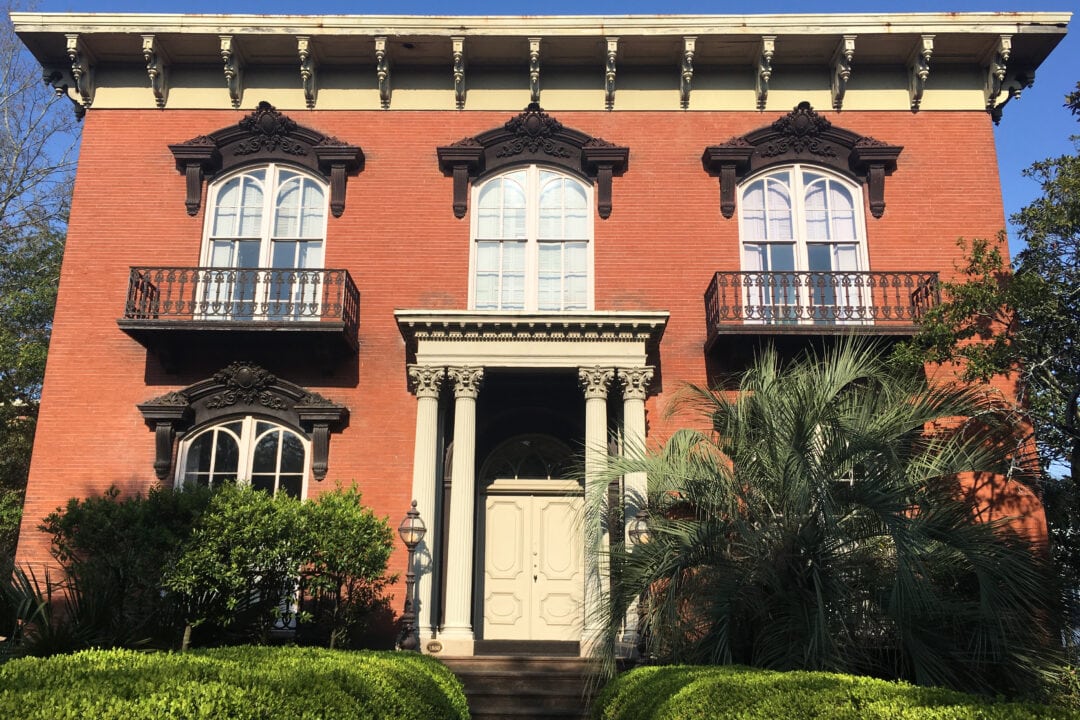
1. Mercer Williams House
The Mercer Williams House is a must-see for any architecture and history buff—but the Greek, Italianate, and Renaissance Revival home was also the scene of a notorious murder. Although the house’s sordid history isn’t a focus of official tours, there’s no doubt that the overlapping scandals detailed by Berendt in Midnight—including the deaths of Danny Hansford, shot by then-owner Jim Williams in 1981, and Williams himself, who died of heart failure 8 months after his acquittal—are a big tourist draw.
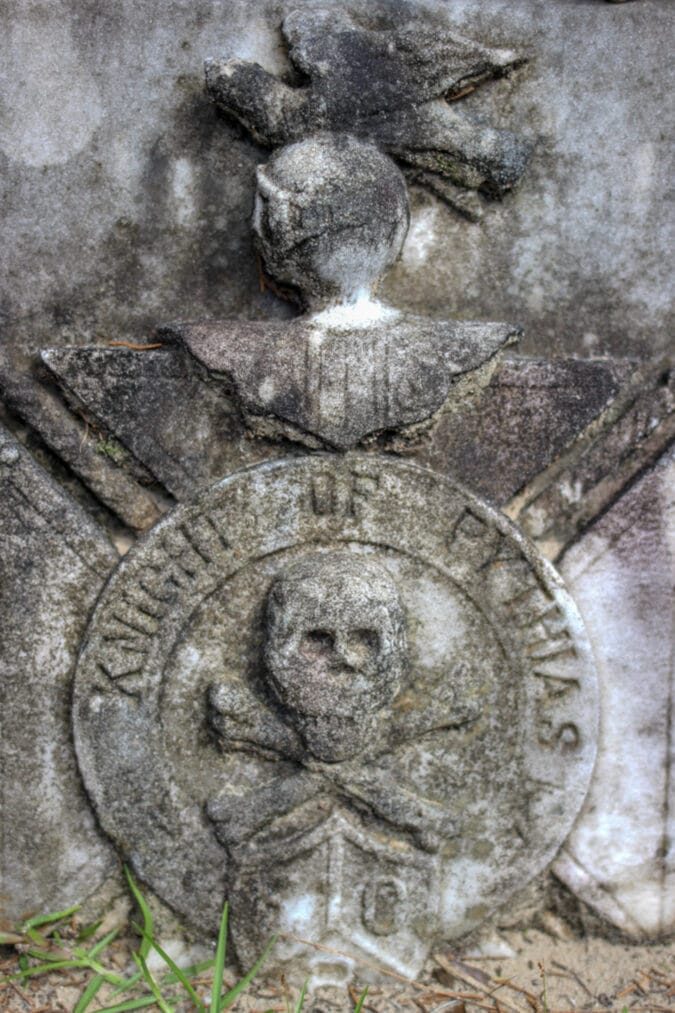
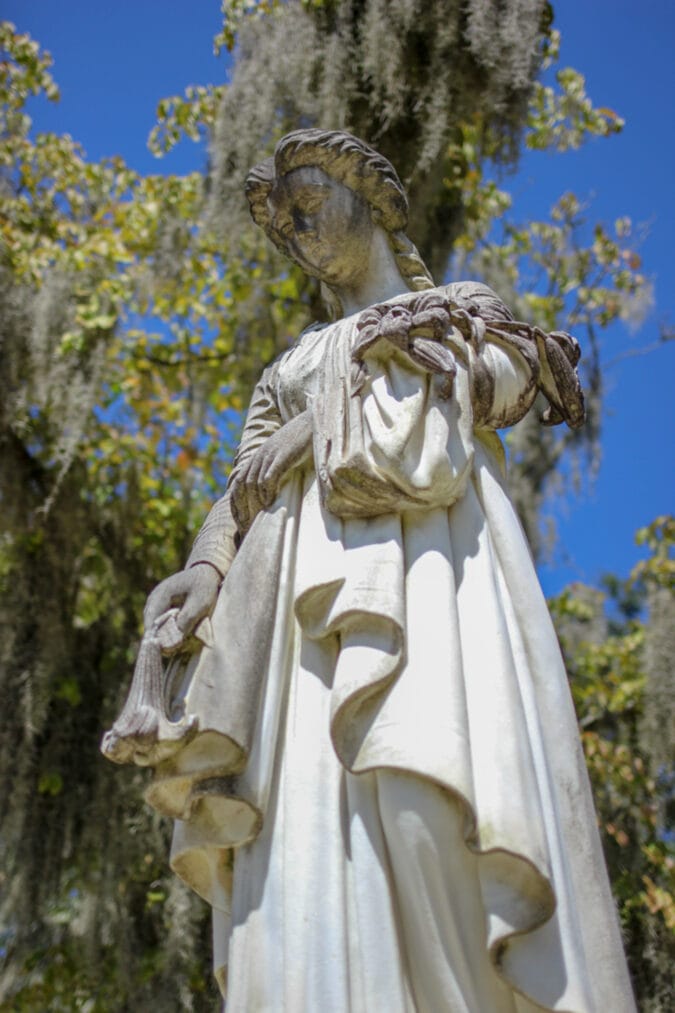
2. Bonaventure Cemetery
Although the scenes of voodoo practitioner Minerva working her magic before (and after) midnight weren’t technically in Bonaventure Cemetery proper, Bonaventure is by far the best place to convene with the spirits within the city limits. Under Spanish-moss-draped trees, visitors can pay their respects to famous Georgians interred across the 160-acre cemetery, including novelist and poet Conrad Aiken, military generals, governors, and songwriter Johnny Mercer (whose great grandfather started construction on the Mercer Williams House). Located a few miles from Savannah’s otherwise-walkable downtown, Bonaventure is best visited by car or on a tour.
3. Telfair Academy
Midnight’s cover famously features the Bird Girl, a sculpture by Sylvia Shaw Judson that once resided in Bonaventure Cemetery. Moved to Telfair Academy in 1997—and to the nearby Jepson Center for the Arts in 2014—Bird Girl was originally known as “Little Wendy.” The statue was cast in the 1930s and topped the plot of a local family until a photograph of it was used on the bestselling book’s cover.
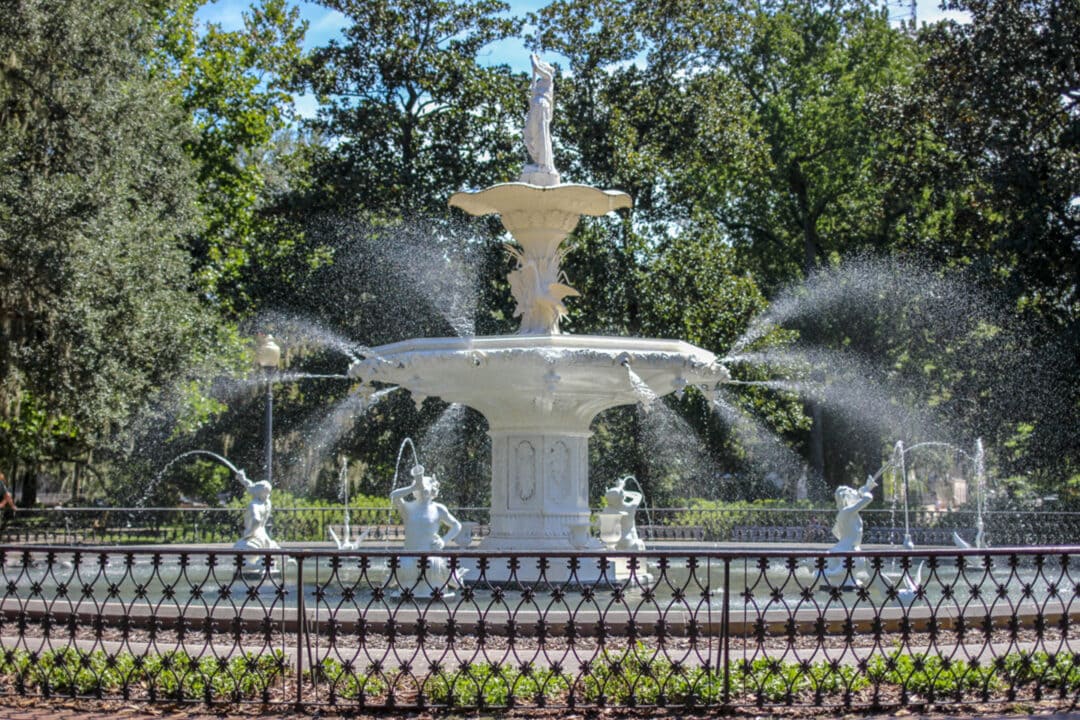
4. Forsyth Park
Savannah’s version of New York City’s Central Park, the 30-acre Forsyth Park, is the largest green space located in the city’s historic district. A large fountain, built in 1858, sits at the north end of the park and on St. Patrick’s Day, the water in the fountain is dyed green during a popular ceremony. Forsyth and its fountain can be seen in several scenes in Midnight that include walking dogs—both real and imaginary.
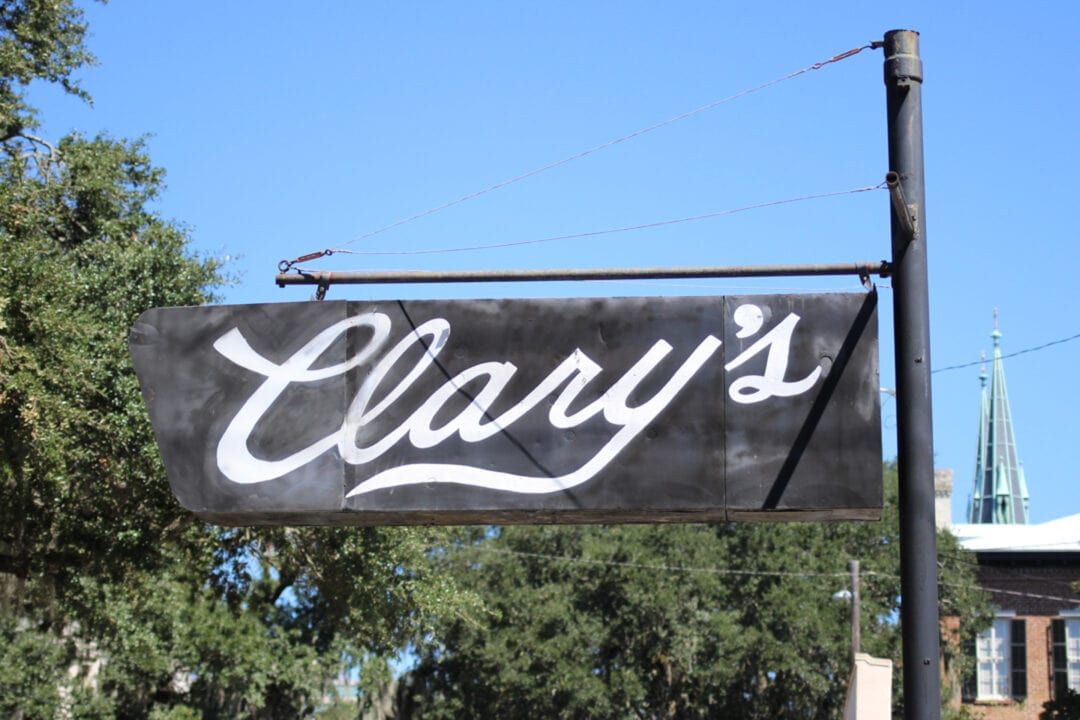
5. Clary’s Cafe
Clary’s Cafe, established in 1903, has everything that’s important when fueling up at a classic diner—local clientele, good signage, and breakfast menu staples served all day. In his book, Berendt describes Clary’s as “a clearinghouse of information, a bourse of gossip,” and several scenes in the movie were shot on location. Divert your attention from Luther Driggers and his flies to catch James Gandolfini, who makes a pre-Sopranos uncredited blink-and-you-miss-it appearance as the cafe’s cook.
6. Club One
The Lady Chablis is one of the few real-life people featured in Berendt’s book to play herself in the movie adaptation, but she was no stranger to the limelight. Also known as “The Doll” or “The Grand Empress,” Chablis headlined Pride parades and fundraisers, and published an autobiography, Hiding My Candy, in 1996, a year before her big screen debut. Chablis was Club One’s very first entertainer, officiating the 1988 grand opening, and performed regularly until her 2016 death.
